Language Arts Resource Teacher, Hawthorne Elementary
It has brought laser-like focus on creating learner centered environments in which students are highly engaged and self-motivated. Students are empowered through the teaching and learning process and are taking greater responsibility for their own learning. This empowerment comes through choices available for acquiring, developing, and using knowledge and skills and producing evidence of growth and achievement. Students are becoming increasingly aware of their best learning style…wear headphones, note-taking -write it or record it…work with a partner or alone…read a book online or not… should I work in the tent, on a yoga mat, at a table, at my desk…Students think and choose…What is important for me to learn? What is the best way for me to learn? How will I learn? What is the best way to share my learning?
The learning centered environment has expanded opportunities for students to find their passions. They are supported in pursuing learning that matters to them and encouraged to share their passion and make a difference. Our fifth graders have become the “guardians of the environment” as their learning has pushed them to make Hawthorne Elementary a “green school.” They have taken action because they were passionate about using what they have learned to make a difference in their world.
We realize the importance of instilling a joy for learning and nurturing the natural curiosity of children to encourage a growth mindset. They feel good about their own learning and what is possible so they are willing to “productively struggle” to make it happen. I had a writing conference with a first grade student that was clearly having difficulty organizing and creating a writing project. I suggested that she might want to take a break and come back to it later and she emphatically stated….”I want to keep writing.” This shift in thinking in the schoolhouse is advanced and facilitated through the STAT initiative, which includes, but is not defined by the availability of one to one devices. The excitement is palpable. Coding, writing and illustrating a book, building a water filtration system, creating a book trailer, research, skyping with other students not limited by physical boundaries, interviewing experts, blogging, maintaining a website, virtual travel…Children feel that their learning matters. The authentic brings joy.
Teachers also feel empowered through the STAT initiative, including the professional development and additional resources that have prepared them for teaching the 21st century learner. Planning and facilitating learning has become a thoughtful process of determining the best way to empower learners. Opportunities for choice have opened up for teachers as well. They consider best practices and the best way to implement those practices and use of resources in order to provide the best for each student. It is not using a device for the sake of using a device but supporting and challenging learners to be successful for their futures.
We are in the business of teaching the creators and innovators of the 21st century. STAT has helped to remove limitations and has moved us forward in this goal.

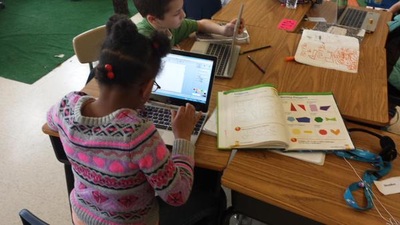
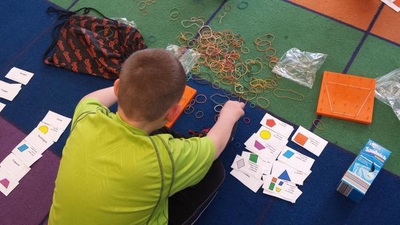
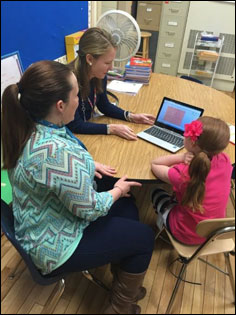
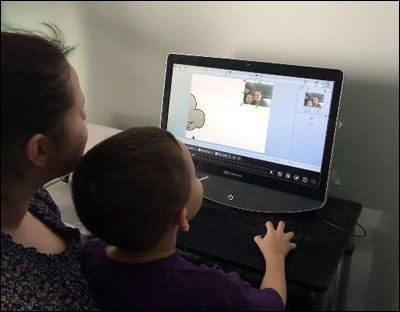
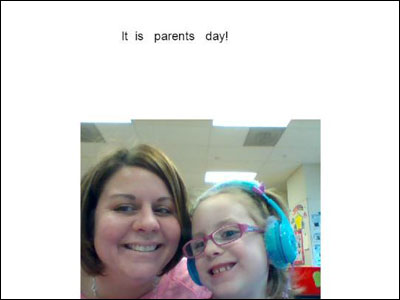
 RSS Feed
RSS Feed
